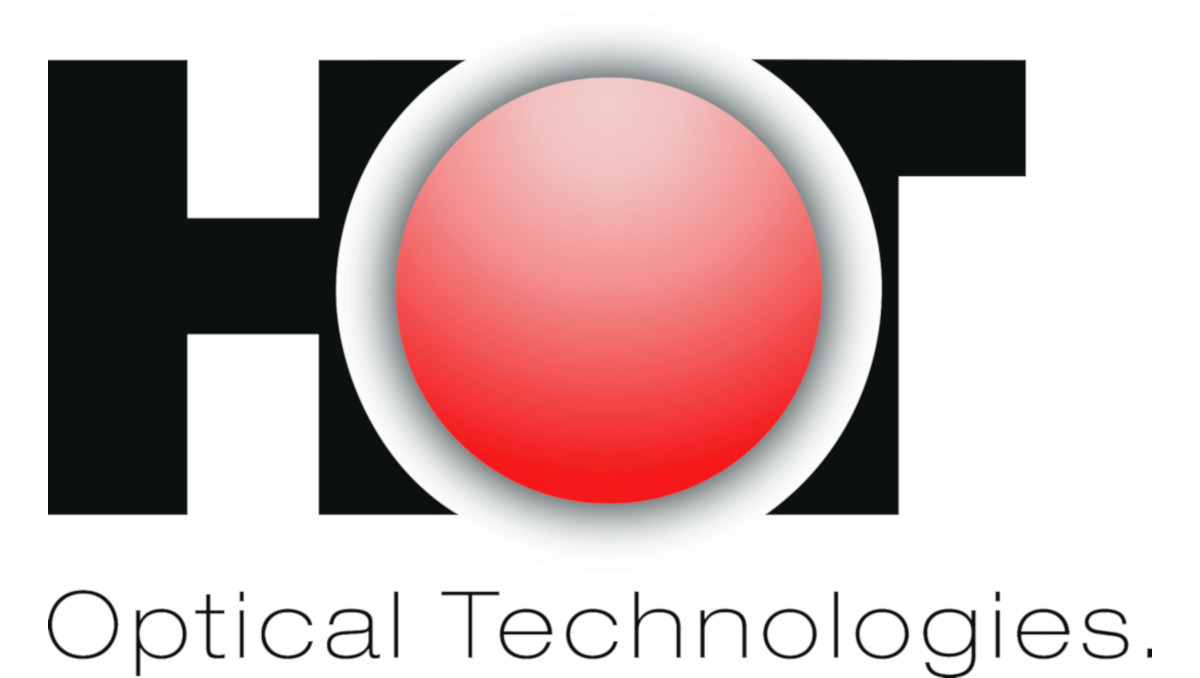- Institute: Hannoversches Zentrum für Optische Technologien
- Principle Investigators: Dr.-Ing. Maik Rahlves, Prof. Dr. Bernhard Roth, Prof. Dr. Reithmeier
- Researcher: Monali Suar, M.Sc.
Polymer based integrated photonic devices are becoming increasingly popular in applications ranging from simple polymer backplanes to complex optofluidic sensors devices for detection of chemical or even bio-chemical substances. In contrast to their semiconductor based counterparts, polymers lend themselves for the fabrication of low-cost disposables which enables their use for medical purposes. However, polymer properties such as the refractive index significantly change under thermal or mechanical loads which need to be considered and, if applicable, compensated in the optical design process. However, also heat and stress eventually leads to a geometrical deformation of the photonic device which needs to be accounted for. Almost all commercially available simulation tools focus explicitly on rigid semiconductor devices which do not require such effects to be included in the design process. In this project, we focus on combining optical and thermo-mechanical simulations to fully simulate polymer based photonic devices. We especially focus on establishing a feedback between optical and thermo-mechanical simulations which enables to take deformations or a change in optical properties during the simulation into account. The optical simulation is based on self-implemented beam propagation methods (BPM, see figure 1) while the thermo-mechanical simulation is performed by taking advantage of commercially available finite element method (FEM) based software tools. The aim of this project also includes the simulation of both the manufacturing processes as well as the design photonic device. The first simulation considers the light-polymer interaction during manufacturing while the latter allows the design of polymer devices for high optical power or elevated temperature operation. In the future, combining optical and thermo-mechanical simulations will pave the way for a precise simulation of polymer systems where light interacts with the polymer and changes its geometry and optical properties such as in the case of integrated polymer lasers.



